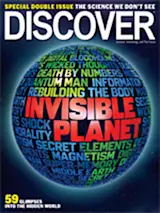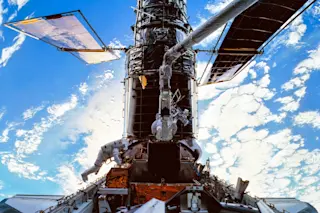Good night, space shuttle.
Now that Atlantis is safely on the ground and astronauts will never again face the risk of flying in a space shuttle, maybe we can at last take a clear-eyed look at this disappointing episode in our nation’s history. This isn’t purely a historical exercise but a practical one—a cautionary tale showing how to avoid repeating the same mistake we made with the shuttle. When I say “we,” I don’t mean the people working on the craft, or NASA, or even our representatives in the U.S. government. I mean the society as a whole—from the reporters who obsessively covered the incessant launch delays, to the scientists who demeaned anyone who questioned NASA’s budget, to the teachers who spoke about it in admiring tones to their students. In the descent of our manned space program into stultified irrelevance, we’re all a little bit complicit.
The most important ...














